In today’s fast-paced healthcare industry, technology has become an integral part of every healthcare facility. One of the most significant technological advancements in healthcare is the transition from paper records to electronic health records (EHR). EHRs have digitized patient records and made it easier for healthcare providers to manage their patient population.
If your healthcare organization is still using paper-based records, it may be time to consider making the switch to EHRs. In this blog, we’ll discuss five essential tips to help your clinic or small specialized psych hospital make a smooth and successful transition to EHRs. We will also explore the advantages of a well timelined EHR implementation and how this can benefit your clinic and staff.
Understanding EHRs
Before diving into the tips, let’s first understand what EHR practice management software is. EHRs are digital versions of patients’ paper medical records. They contain all the clinical and administrative data related to a patient’s healthcare, including diagnosis, treatment plans, lab results, medications, and more. EHRs can be accessed by an authorized healthcare provider and staff from multiple locations, making it easier to provide efficient and coordinated care to patients. The move to EHRs will not only improve workflows and patient care but also save time, space, and money.
Let’s take a look at some advantages of using EHRs in your healthcare organization:
- Enhanced Patient Engagement: With EHRs and integrated patient portals, patients can access their medical records online, review their health information, and communicate with their healthcare providers through secure messaging. This increased patient engagement leads to better-informed patients who are more involved in their care.
- Improved Efficiency: EHRs eliminate the need for manual data entry and paper-based tasks, allowing healthcare providers to spend more time with patients. It also reduces the risk of human error and improves overall efficiency.
- Enhanced Data Accuracy: EHRs provide a standardized format for recording patient information, reducing errors due to illegible handwriting or missing or late information. The accurate patient data captured in EHRs can help healthcare providers make better-informed decisions about patient care.
- Better Coordination of Care: EHRs allow for easy sharing of patient information between different healthcare facilities, improving coordination and continuity of care. This is especially beneficial for patients with chronic conditions who may see multiple specialists.
- Cost Savings: The move to EHRs can result in significant cost savings for your facility in the long run. With fewer paper charts to store and manage, fewer operation staff are needed to handle administrative manual tasks, and can be repurposed to support patient engagement, referrals and efficient clinical workflows, your facility can save money on operational costs.
Apart from everything mentioned above, there are many other benefits of using EHR software that can make a significant impact on your clinic. These include improved patient outcomes, accurate medical billing and coding, and increased revenue. So, conducting thorough research and choosing the right EHR system for your healthcare organization is crucial to ensure a smooth transition.
Tips for Making the Transition to EHRs
Now that we’ve discussed the advantages of using EHRs, let’s dive into some essential tips to help you make a smooth transition:
1. Plan Ahead
Planning is the key to a successful transition to EHRs and should not be underestimated. If possible, start planning at least three to six months in advance to allow enough time to prepare and train your staff adequately. Selecting the right specialty specific EHR system and an EHR vendor that understands the features and functionalities that you need for your clinical and business needs, takes planning. Make informed decisions that align with your treatment center’s programs and levels of care..
2. Choose the Right EHR System
Selecting the right EHR system is crucial to a successful transition. Consider factors such as cost, usability, interoperability, and support when evaluating different options.
3. Train Your Staff Member
Transitioning to EHRs will require your staff to learn new skills and adapt to a different way of managing patient information. It’s crucial to invest in proper training to ensure your staff is comfortable with the new system and can use it effectively. You should also have designated staff members,” super users”, to handle any technical issues and questions that may arise.
4. Get Your Staff’s Buy In.
While transitioning to EHRs, it’s essential to engage your clinical, medical and billing staff to minimize disruptions to your program’s workflows. This could mean several demos of the software platform for each department so that their questions and concerns are answered. Having a well thought out timeline coordinated by the vendor’s implementation specialist Starting will allow you to identify any issues and make necessary adjustments before fully adopting the new system.
5. Communicate with Your Patients
As you make the move to EHRs, it’s vital to communicate with your patients about the changes and how they may benefit from them. Share information about accessing their medical records online in a patient portal and encourage them to provide feedback on their experience. It’s also essential to address any concerns or questions your patients may have to ensure a smooth transition for them as well.
Why Choose AZZLY®?
If you’re a behavioral and mental health, addiction treatment, or substance use disorder program, choosing an EHR system designed specifically for your unique needs is crucial to your success. AZZLY Rize™ offers an all-in-one platform that is tailored to meet the needs of organizations like yours. From customizable templates to automated billing and coding, our electronic health record system can help streamline your facility’s operations and improve patient care. With AZZLY Rize™, you can unleash the power of an EHR system designed to fit your clinic and patients perfectly. Don’t wait any longer to make the transition to EHRs; start today with AZZLY Rize™.
In addition to these benefits, Integrated Care Pathways™ also offers a seamless platform solution that goes beyond just electronic health records. Our system integrates all aspects of patient care, from credentialing to claim reimbursement, to provide a comprehensive and coordinated approach to treatment. This not only helps to improve patient outcomes but also allows for easier compliance with insurance payors and accreditation agencies’ requirements. With Integrated Care Pathways™, you can trust that your clinic is utilizing the latest standards of care to provide the best treatment for your patients.
So why choose AZZLY Rize™ and Integrated Care Pathways™? Because we are purpose-built to meet the unique needs of behavioral health and addiction treatment clinics. Our platform is continuously updated to meet the latest standards and best practices, ensuring that your clinic stays compliant and efficient. Plus, our software as a service model means that upgrades and changes are seamless for all clinics on our platform without any surprise customization costs. And with affordability, reliability, and security at the core of our system, you can trust AZZLY Rize™ to support your clinic’s success now and in the future.
Ready to make the switch to EHRs – Contact us today at hello@azzly.com or 1 (888) 400-3201 to schedule a consultation with one of our Solution Consultants and learn more about our services. We are dedicated to empowering and supporting your patients on their journey towards better health, so reach out to us to see how we can benefit your clinic today.




